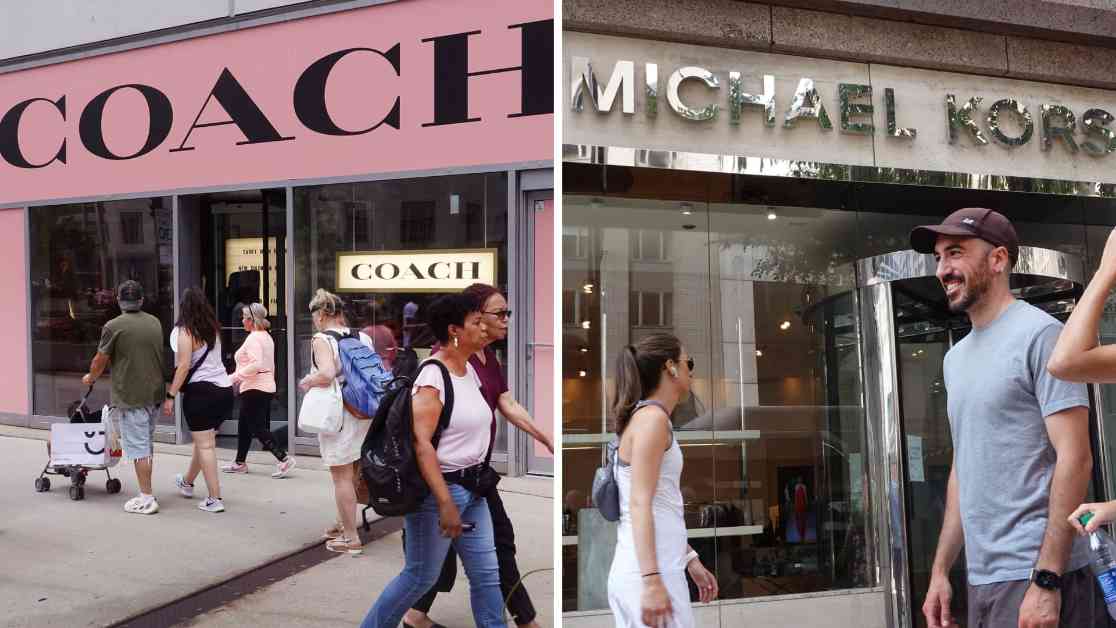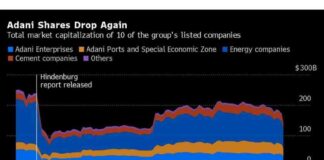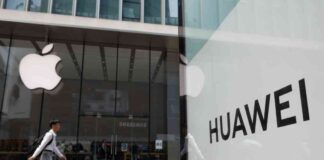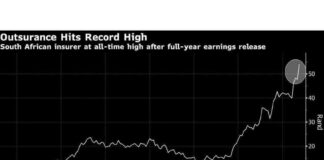Key Questions for Potential Coach and Michael Kors Merger
As pedestrians stroll past a Coach store and a Michael Kors store in New York City, the fashion industry is abuzz with anticipation as a federal judge prepares to make a crucial decision regarding the proposed merger between Tapestry and Capri. This high-stakes decision will not only impact the future of these two luxury conglomerates but also raise important questions about consumer choices, pricing, and competition in the retail sector.
The $8.5 billion deal, announced over a year ago, aims to consolidate six iconic fashion brands under a single entity: Tapestry’s Coach, Kate Spade, and Stuart Weitzman, alongside Capri’s Versace, Jimmy Choo, and Michael Kors. However, the Federal Trade Commission (FTC) has filed a lawsuit seeking to block the merger, citing concerns about reduced competition, limited affordable handbag options for consumers, and potential adverse effects on employee pay and benefits.
The courtroom drama in Manhattan has attracted a diverse audience of investors, legal experts, and industry insiders, all eager to witness the outcome of this antitrust trial. The decision will not only shape the landscape of the luxury goods market but also have broader implications for the retail industry as a whole, especially in light of the Biden administration’s increased scrutiny of mergers across various sectors.
Competition in the Handbag Industry
One of the central themes of the antitrust trial has been the fierce competition within the handbag industry, where brands constantly vie for consumer attention and loyalty. Tapestry and Capri have argued that the merger is necessary to stay competitive in a rapidly evolving market, where new brands and changing consumer preferences pose constant challenges.
The debate over who constitutes Coach and Michael Kors’ true competitors has been a point of contention. While the FTC defines the relevant market as “accessible luxury,” Tapestry and Capri assert that the competitive landscape is much broader, encompassing brands across various price points and styles. This discrepancy in defining the market highlights the complexities of the fashion industry and the diverse array of choices available to consumers.
Testimonies from industry experts and executives shed light on the evolving nature of competition in the handbag sector. Chanel’s head of merchandising for accessories and leather goods emphasized the brand’s focus on competing with European luxury names, indicating that Coach, Kate Spade, and Michael Kors are not primary rivals in their market analysis. This perspective underscores the nuanced dynamics of competition within the luxury goods space.
The emergence of new shopping habits and style preferences further complicates the competitive landscape, as consumers have an array of options beyond traditional fashion brands. The rise of fast-fashion retailers, online marketplaces, and secondhand platforms has expanded the choices available to shoppers, challenging established players to adapt and innovate to stay relevant.
Impact on Consumers
Central to the FTC’s argument against the merger is the potential harm it could cause to consumers, particularly in terms of pricing and product quality. Economist Loren Smith, a key witness for the FTC, presented compelling evidence suggesting that the combined entity would have significant market power, leading to price increases and reduced product quality for consumers.
Smith’s analysis indicated that the merger could result in an average price hike of 15% to 17% for the merged company’s goods, translating to annual consumer harm of $365 million. Moreover, the lack of competition in the handbag market could limit consumer choice and incentivize the company to prioritize profit margins over product innovation and quality.
Attorneys for Tapestry and Capri countered these claims by questioning the methodology used to assess consumer harm and highlighting the changing dynamics of the retail landscape. They argued that the merger would enable cost-saving benefits and operational efficiencies that could ultimately benefit consumers through a wider range of products and services.
The debate over consumer impact underscores the delicate balance between market competition and corporate consolidation, with regulators tasked with ensuring that mergers do not unduly harm consumers or stifle innovation in the retail sector.
Rationale for the Merger
Tapestry CEO Joanne Crevoiserat’s testimony provided insights into the strategic rationale behind the proposed merger and its potential benefits for the company’s brand portfolio. By bringing together distinct brands under one umbrella, Tapestry aims to reach a broader customer base and cater to diverse preferences and lifestyles.
The acquisition of Capri, with its unique brands such as Michael Kors and Versace, offers Tapestry an opportunity to enhance its market position and drive growth across all segments. Crevoiserat emphasized the importance of maintaining the creative autonomy of each brand while leveraging synergies and scale efficiencies to drive operational excellence.
Internal documents revealed the meticulous deliberation and analysis that went into evaluating potential acquisition targets, with Capri emerging as a compelling choice for its strategic fit and growth potential. The emphasis on brand relevance, vibrancy, and customer engagement underscores Tapestry’s commitment to fostering innovation and differentiation in a competitive market.
As the antitrust trial unfolds, stakeholders are closely monitoring the proceedings to gauge the implications on market dynamics, consumer choices, and industry competitiveness. The outcome of the trial will not only shape the future of Tapestry and Capri but also set precedents for merger scrutiny in the retail sector and beyond.
In conclusion, the proposed merger between Coach and Michael Kors presents a pivotal moment for the luxury goods industry, with far-reaching implications for competition, consumer welfare, and market dynamics. By examining key questions surrounding the merger, stakeholders can gain valuable insights into the complexities of the retail landscape and the challenges facing companies in an increasingly competitive marketplace. As the antitrust trial continues to unfold, industry observers await the judge’s decision with bated breath, anticipating the potential impact on one of the most iconic sectors of the global economy.






















